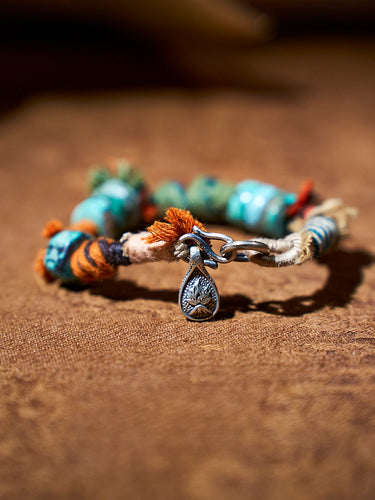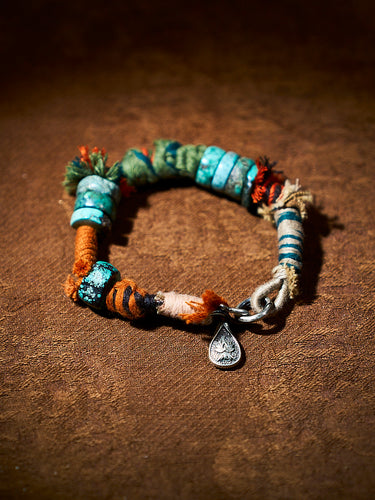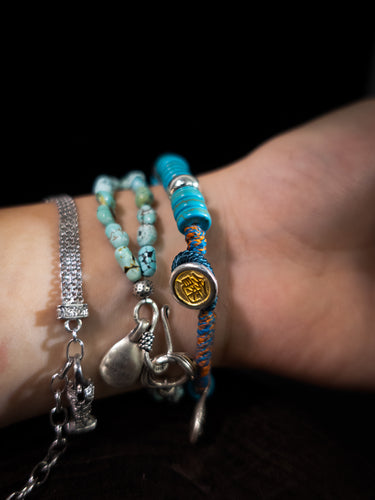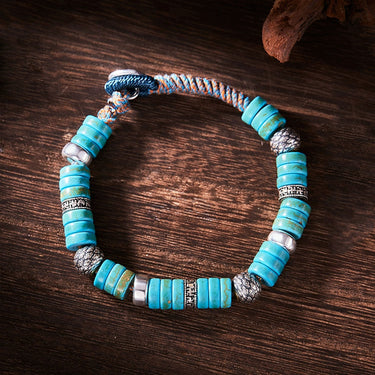
He ancient art of Urushi lacquer is a profound and storied craft that has captivated the hearts and minds of people for centuries, particularly in East Asia. This mesmerizing art form, deeply rooted in Japanese tradition, represents a unique blend of beauty, functionality, and enduring craftsmanship. In the enchanting world of classical oriental art, there exists a captivating tradition that transcends time—a legacy of exquisite craftsmanship and profound artistic expression. At its heart lies the ancient art of Urushi lacquer, a mesmerizing medium that has adorned the masterpieces of oriental artists for centuries. Within the gossamer layers of this ethereal lacquer, a tale unfolds—a story of skill, patience, and the harmonious union between nature and human creativity.
The Origins of Urushi Lacquer
Like a whispered secret passed down through generations, the story of Urushi lacquer begins with the sap of the Urushi tree (Toxicodendron vernicifluum). This noble tree, with its gnarled branches and resilient spirit, thrives in the fertile soil of Japan and China, embodying the essence of the oriental landscape. From its veins flows a precious resin—a sacred elixir known as Urushi. Harvested with utmost care and respect, the extraction of Urushi sap is a ceremony in itself. The tree, imbued with ancient wisdom, offers its lifeblood to those who seek to unlock its transformative potential. It is a symbiotic relationship—a dance between the tree and the artist, where both give and receive, forging a profound bond that transcends time and space. The sap, once collected, reveals its true nature—a liquid treasure that possesses both strength and vulnerability. Like a fragile web spun by a master weaver, it clings to the surface it adorns, holding within it the promise of beauty and transcendence. This ethereal substance, with its captivating luster and inherent healing properties, becomes the lifeblood of Urushi lacquer—a medium that transcends mere craftsmanship, becoming an art form that breathes and pulsates with the spirit of the natural world. To harness the full potential of Urushi, artisans embark on an alchemical journey—a quest to unlock its hidden depths and harness its transformative power. Through a meticulous process of refinement, purification, and aging, the sap evolves, maturing like a fine wine, gaining in complexity and resonance. It is a testament to the patience and devotion of these artisans, who understand that time is an indispensable ingredient in the creation of true art.
The Alchemy of Urushi Lacquer Creation
At the heart of this transformative process lies the artist, a master of their craft, whose hands become conduits for the very essence of creation. With reverence and unwavering focus, they embark on a journey that defies the constraints of time, drawing upon the wisdom of generations past and channeling their creative spirit into each stroke of the brush. The first step in this mystical alchemy is the preparation of the canvas—a meticulous selection of the surface upon which the lacquer will be applied. Wood, metal, or fabric become the humble vessels that will carry the transformative power of Urushi. Each material possesses its own unique properties, its own secrets waiting to be unlocked and revealed. Once the canvas is chosen, the artist begins the delicate process of applying the Urushi lacquer—a dance of precision and intuition. With a steady hand and a deep understanding of the medium, they paint layer upon layer, allowing the resin to seep into the very fibers of the material. It is a patient and meticulous process, for each layer must dry and cure before the next can be applied, building a foundation of depth and resilience. As the lacquer dries, it undergoes a metamorphosis—an alchemical transmutation that is both tangible and ethereal. The resin, once liquid and vulnerable, transforms into a solid, protective shell—a testament to the enduring and transformative power of this ancient art form. The lacquer hardens, its surface becoming a mirror, reflecting not only the physical world but also the spirit of the artist imbued within. But the alchemy does not end with the application of the lacquer. It is in the subsequent stages that the true magic unfolds. The artist, guided by intuition and a deep connection to the medium, employs various techniques to enhance and elevate the lacquer's inherent beauty. Maki-e, the art of sprinkling precious metal powders onto the wet lacquer, creates a celestial dance of light and shadow—a celestial tapestry that shimmers like stars against the night sky. Radenshi, the delicate inlaying of mother-of-pearl or abalone shell, adds an iridescent luminescence—a touch of otherworldly grace. The artist, with unwavering precision, embeds these shimmering fragments into the lacquer, creating a mosaic that captures the imagination and invites contemplation.
The Essence of Urushi Lacquer
Urushi lacquer, unlike any other artistic medium, possesses an inherent ability to captivate the beholder. Its lustrous surface, polished to a mirror-like finish, reflects the interplay of light and shadow, creating an ever-changing symphony of hues. The depth and warmth of Urushi lacquer evoke a sense of intimacy—a connection between the artwork and the viewer, inviting one to explore its intricacies and discover hidden narratives. Within the realm of Urushi lacquer, a myriad of techniques and styles flourishes, each demanding a mastery of both skill and imagination. "Maki-e," a technique that involves sprinkling precious metal powders onto the wet lacquer, creates a celestial landscape of shimmering constellations. "Radenshi," the art of inlaying mother-of-pearl or abalone shell, bestows an ethereal iridescence upon the lacquer surface. These techniques, along with countless others, breathe life into the lacquerware, infusing it with a sense of wonder and enchantment. Urushi lacquerware, beyond its technical brilliance, carries a language of symbolism and narrative—a testament to the profound connection between art and culture. Each stroke, each motif, carries a deeper meaning, offering glimpses into the historical and philosophical tapestry of the East. The delicate cherry blossom, a symbol of transience and beauty, invites contemplation of life's fleeting moments. The iconic dragon, with its auspicious presence, embodies power, protection, and prosperity. These symbols, intricately woven into the fabric of Urushi lacquerware, invite us to delve into the profound depths of Eastern wisdom and imagination. The preservation of Urushi lacquerware is a testament to the enduring legacy of this ancient art form. Dedicated craftsmen and connoisseurs have made it their mission to safeguard the techniques, knowledge, and traditions associated with Urushi lacquer, ensuring its timeless beauty continues to inspire and captivate future generations. Through their unwavering commitment, they honor the profound heritage of this art form and perpetuate its legacy in a world that is constantly evolving.
In conclusion, the ancient art of Urushi lacquer is a testament to the enduring legacy of Japanese craftsmanship. It is an art form that embodies the essence of Japanese aesthetics – the appreciation of beauty, the importance of functionality, and the pursuit of perfection. In contemporary times, the art of Urushi has both preserved its traditional roots and embraced modern influences. Modern Urushi artists experiment with new forms, colors, and techniques, adapting the ancient craft to contemporary tastes and sensibilities. These artists continue to push the boundaries of the medium, ensuring that Urushi remains a vibrant and evolving art form. Each Urushi piece, with its deep gloss and intricate designs, is not just a product of artistic endeavor; it is a reflection of centuries of cultural heritage, a piece of history that continues to live and breathe in the modern world.





























